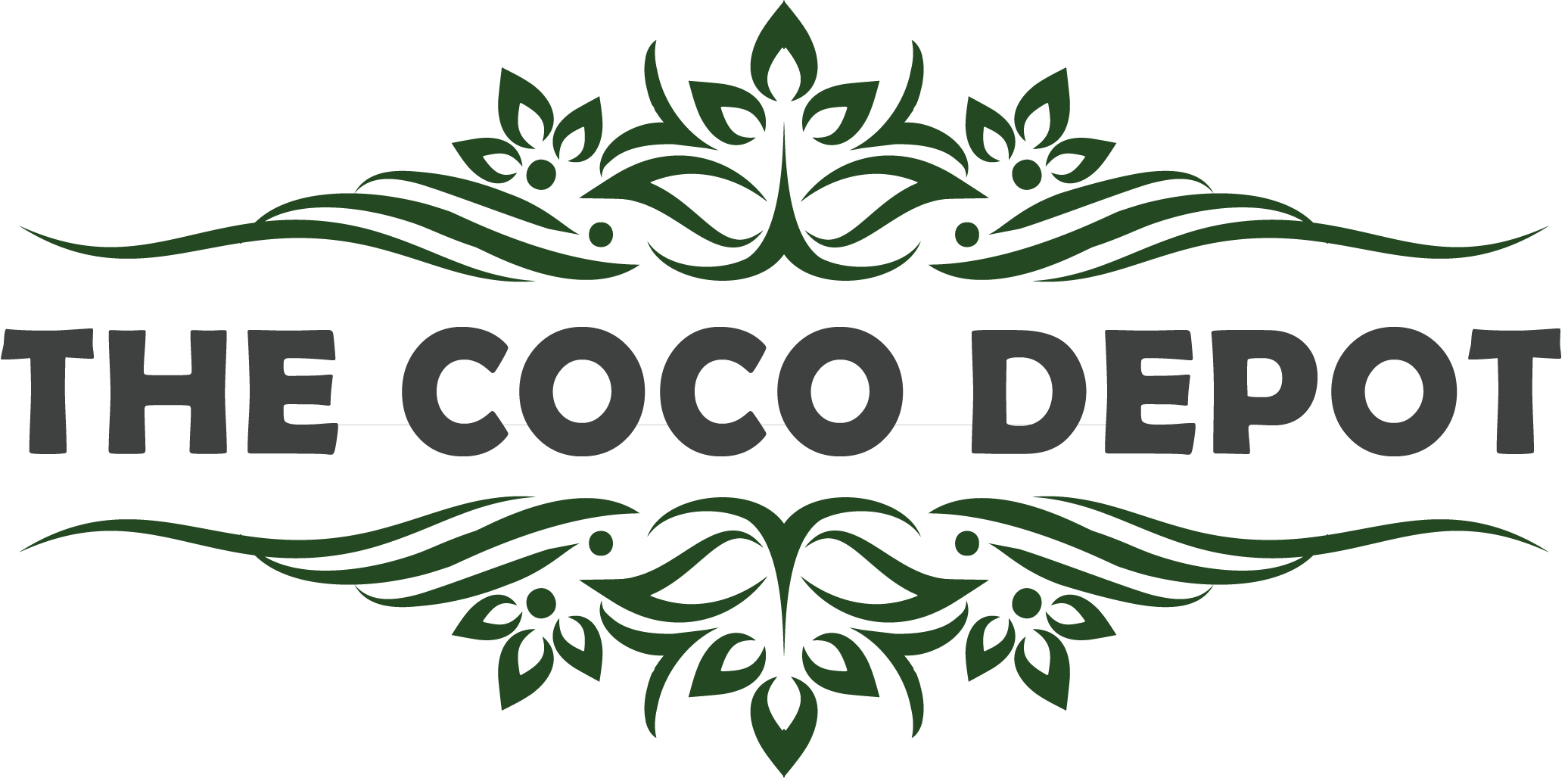For the longest time, peat moss have been the first-in-choice of many horticulturists and garden enthusiasts. With its benefits there emerges an acute danger of practicing peat moss. The biggest drawback of peat moss includes,
- Non-renewable resource
- Shorter shelf life
- Slightly acidic in nature
- Lower water retention
- Releases harmful carbon dioxide
Coco peat is the most radical introduction to the practice of horticulture. It is an excellent growth substrate than peat moss. As a potting mix, coco peat out performs any kind of sphagnum peat mosses.
In comparison, coco peat beats up peat moss in wholesome.
Coco peat- 100% natural, organic by-product of the coconut farming industry, is a far better option as a growing substance. Making use of coco peat in your garden or grow area is an environmental and an economic boon.
The ever-growing coconut trees never stop yielding coconut, thus there is never a word of resource depletion in the Coir industry. Likewise, coir by-product Coco peat is a replenishing resource.
Coir retains water in the long run better than other growing mediums. It is excellent in trapping air in the soil, air that will benefit plant roots. It prevents leaching of nutrients by seeping till the deadlock.
Coir pH usually runs 6.0 – 6.8, that is close to neutral. By adding coir, it is pretty much like keeping the pH of the soil unchanged.
The most significant feature of coir peat are, they are mostly inert to each and every chemical present within the surrounding.
Coco peat is a cheaper, safer, and more effective growing alternative to conventional peat moss. The structure of coir is harder to break or shrink, most suitable for long time use.
Coco peat guarantees a bountiful yield when used efficiently.
